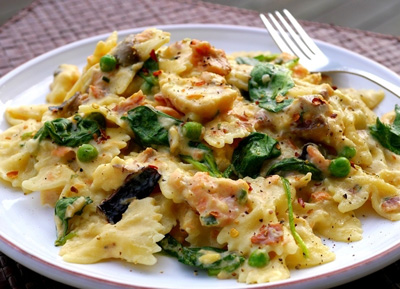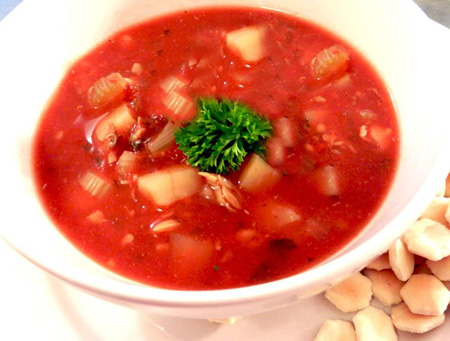 I confess, I couldn’t live without onions - maybe if I was marooned on an uninhabited tropical island and there was literally ‘nothing’ to slow cook or even firewood [I suppose] I would have to adapt. No other vegetable makes me happier then local onions - it is my favorite. All the different varieties have separate flavors and I love to do different thing with each variety from Ailsa Craig to Walla Wallas.
I confess, I couldn’t live without onions - maybe if I was marooned on an uninhabited tropical island and there was literally ‘nothing’ to slow cook or even firewood [I suppose] I would have to adapt. No other vegetable makes me happier then local onions - it is my favorite. All the different varieties have separate flavors and I love to do different thing with each variety from Ailsa Craig to Walla Wallas.
The first onion of the season is always baked whole with a knob of butter, a few tablespoons of maple syrup and wrapped in foil or parchment paper. I slow bake the onion parcel at 325 degrees F for at least and hour and a half-you will know when it is done when the aroma makes its way all the way to the other side of your house. How is that for precise recipe writing?
After I’ve eaten my first baked onion of the season with a spoon I can relax and get a bit more creative. Did I mention I encourage my onion farmers to leave the green tops on? They think I’m a little daft to pay for the extra weight only because they have never baked one of their onions split in two, covered with a touch of stock and baked in a covered dish until it is tender and very little liquid is left. I pour a little heavy cream over the top along with its distant cousin, chopped chives and reduce the cream until thick-ish. Any variety of onion works - red onions will tint the cream a delicate rose color.

 Now that the holiday feeding frenzy is over (well, sort of) we are left with hunks and wedges of cheese and packages of smoked salmon. I swear my cheese drawer looks like a graveyard of half eaten-half scooped items. But there is no reason to let them go to waste and they are easily re-purposed into something amazing.
Now that the holiday feeding frenzy is over (well, sort of) we are left with hunks and wedges of cheese and packages of smoked salmon. I swear my cheese drawer looks like a graveyard of half eaten-half scooped items. But there is no reason to let them go to waste and they are easily re-purposed into something amazing.  Although New England Clam Chowder (the white creamy version) is probably more popular, Manhattan Clam chowder is equally delicious. More like an Italian soup, this tomato based clam chowder makes a great winter dish.
Although New England Clam Chowder (the white creamy version) is probably more popular, Manhattan Clam chowder is equally delicious. More like an Italian soup, this tomato based clam chowder makes a great winter dish. I received some bad news at the supermarket the other day. After going to three stores searching for fresh fennel bulb and not finding a single one, I asked a produce manager if he had any. He told me that fennel was going to be sparse this season because of frosts in California that damaged many crops.
I received some bad news at the supermarket the other day. After going to three stores searching for fresh fennel bulb and not finding a single one, I asked a produce manager if he had any. He told me that fennel was going to be sparse this season because of frosts in California that damaged many crops. I can't think of anything more American than chowder. This seafood soup is synonymous with chilly days and large family gatherings. Even though we're almost into spring, the weather has continued to be cold and dreary here in the Northeast. I've been craving hot bowls of soothing soup. There are many different recipes for chowder, including the little-known Rhode Island-style made of clear broth. But the one I'm a fan of is creamy New England-style, which was probably the first recorded chowder recipe, dating back to the 18th century. It just so happens that I'm the outlier in a family of all Manhattan-style lovers. Still for me, the fish broth enriched with cream holds the most appeal. That richness is what makes this chowder so soul-satisfying.
I can't think of anything more American than chowder. This seafood soup is synonymous with chilly days and large family gatherings. Even though we're almost into spring, the weather has continued to be cold and dreary here in the Northeast. I've been craving hot bowls of soothing soup. There are many different recipes for chowder, including the little-known Rhode Island-style made of clear broth. But the one I'm a fan of is creamy New England-style, which was probably the first recorded chowder recipe, dating back to the 18th century. It just so happens that I'm the outlier in a family of all Manhattan-style lovers. Still for me, the fish broth enriched with cream holds the most appeal. That richness is what makes this chowder so soul-satisfying.
